The role of family and mentors in any teen’s life contributes to their success and healthy Reclaiming Futures Programfuture. The role of family and mentors for teens in the juvenile justice system or a juvenile correctional facility is even more critical.
Family engagement in the juvenile justice system is not a new concept, but it is a key component to ensuring at-risk teens stay clear of substance abuse and crime. A recent Juvenile Justice Information Exchange article addresses this need in youth detention centers:
“Experts, supported by a small but growing body of research, say fostering family engagement improves incarcerated youths’ behavior, helps families feel more connected, reduces disciplinary incidents and boosts the staff morale.”
“Moreover, strengthening these connections better prepares youths for a return to the community upon release — most return to their family homes — and reduces repeat offenses.”
While the author Gary Gately does identify some successful programs where family involvement and treatment are front and center, he shares that most systems nationally are more focused on punishment, and oftentimes there exists a contentious relationship between family members and juvenile facility staff members.
Reclaiming Futures’ sites work with a wide variety of community members and resources to contribute to youth success as they remain in their community. Led by the community fellow(s), sites link youth to mentors, education, employment, job training, hobbies, sports, volunteer opportunities, faith communities, and other prosocial activities of interest to youth.
As we’ve seen among Reclaiming Futures sites who have achieved success with this strategy, family involvement and mentors should be closely integrated into a teen’s life for optimal results. For example, Reclaiming Futures in Santa Cruz is taking preventative action with a partnership with Hands on Fatherhood, encouraging fathers and father-figures to create meaningful relationships with their kids. Also, Reclaiming Futures in Snohomish County saw success with its Promising Arts in Recovery program, which added a mentorship and creative arts component to treatment, resulting in substance-free teens who become productive members of their communities.
Gately shares some wonderful examples of successful family integration efforts around the country. Those, paired with Reclaiming Futures’ efforts to connect teens with support systems during and after exiting the juvenile justice system, are pioneering the way to a deeper systemic impact that can hopefully lead to communities and facilities committed to full family and community engagement.
 Below you’ll find a selection of the latest grants, jobs, webinars and events posted to our Opportunity Board. Please share the Reclaiming Futures Opportunity Board with your colleagues in the juvenile justice, adolescent substance abuse and teen mental health areas. It’s free to browse and post!
Below you’ll find a selection of the latest grants, jobs, webinars and events posted to our Opportunity Board. Please share the Reclaiming Futures Opportunity Board with your colleagues in the juvenile justice, adolescent substance abuse and teen mental health areas. It’s free to browse and post!
 Juvenile Justice Reform
Juvenile Justice Reform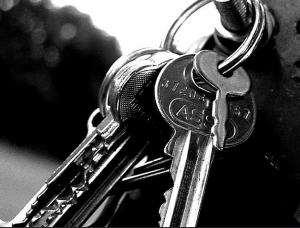 In 2002, Connecticut’s contracted rehabilitation programs for juvenile offenders were discontinued, as they were not producing the results necessary to justify their costs.
In 2002, Connecticut’s contracted rehabilitation programs for juvenile offenders were discontinued, as they were not producing the results necessary to justify their costs. Juvenile Justice Reform
Juvenile Justice Reform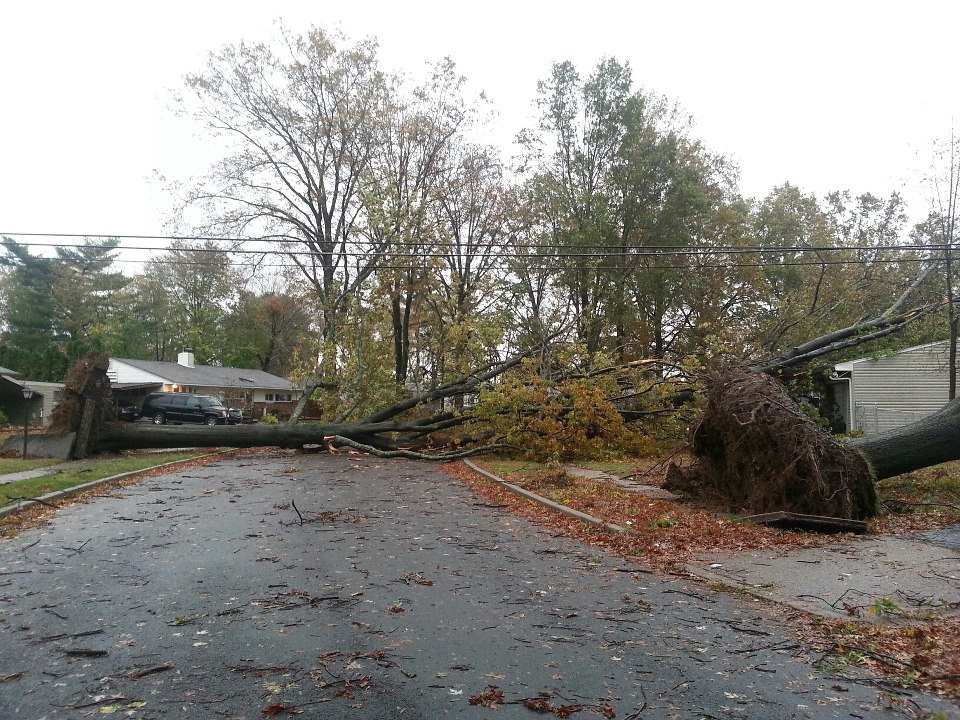
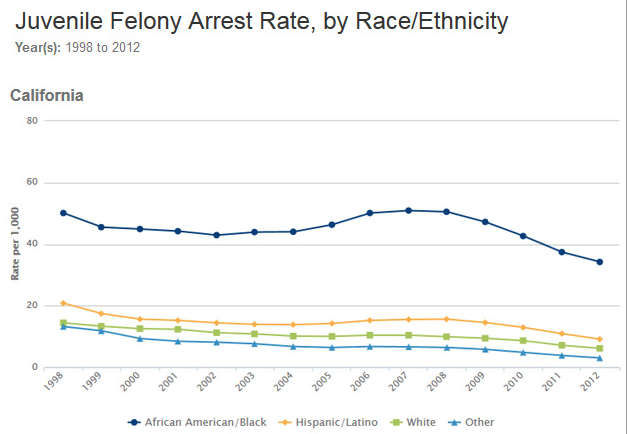
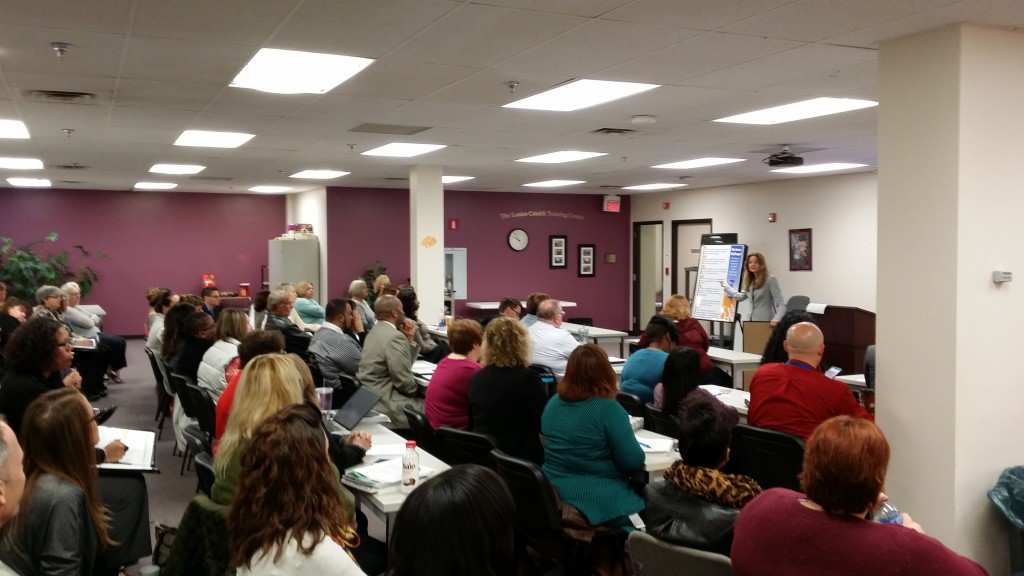

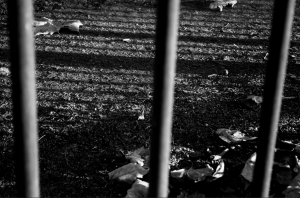 A recent report by William & Mary Assistant Professor Tracy Sohoni called “
A recent report by William & Mary Assistant Professor Tracy Sohoni called “